
24 Google+ improvements are bigger than you think
If you're a heavy Google user, every day is like Christmas -- well, in 2012. Not a day goes by that the company doesn't release something new. Updates are relentless, with products in continual states of improvement. Today's touted 18 24 Google+ enhancements are examples. Editor's note: Hours after we posted, Google changed the number from 18 to 24. The approach is philosophical and corporate cultural and defies traditional software development cycles Apple, IBM, Microsoft, Oracle and others adopted long ago. The relentless releases is for stuff Google mostly gives away for free. Now why is that?
Years ago, I wrote several seething stories about perpetual Google betas (Gmail was 5 years, right?) and Microsoft somewhat mimicking the approach. (I can't find the stories this morning. If you can, please link in comments.) The search giant's work was never done, while competitors rolled major enhancements together made available all at once on long lead cycles (Hey, three years separate Windows 7 and 8 launches). Microsoft chooses the big blockbuster movie approach, which predicates a work largely done -- a story completely told. Google is the serialist, telling an ongoing story in a quick succession of releases. Which works better? You tell me.
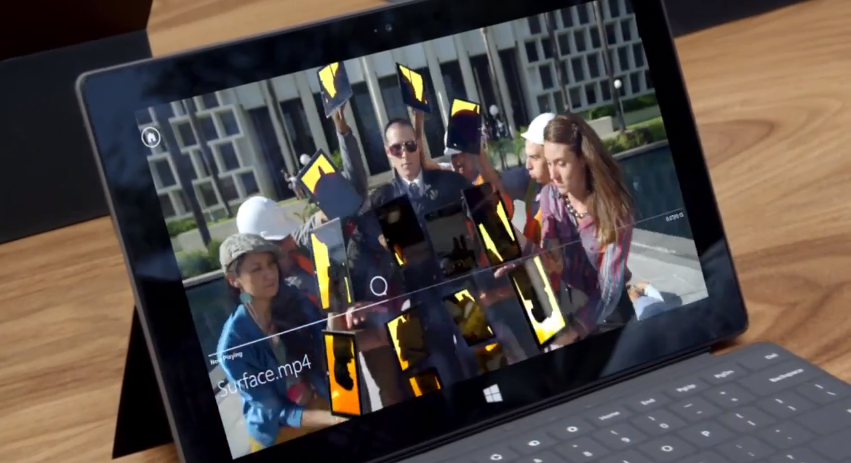
I gave up iPad for Microsoft Surface
The original iPad didn't excite me very much. In fact, I was confused what to do with it. Over time, I ended up using the iPad 2, and recently its successor. I’ve also tried the Blackberry PlayBook, the HP TouchPad, and more recently Google Nexus 7.
But, for the first time in a long time, I was very excited to get a tablet -- the new Microsoft Surface. I think Windows RT had a lot to do with it, and the touchscreen aspect.

Microsoft is right to expand Surface RT availability -- too bad about timing
Microsoft's plans to greatly expand Surface RT sales to third-party retailers accomplishes two things. One: Rebuts unfounded rumors that the tablet sells poorly or that the company has cut fab orders by half. Two: Makes the tablet available in enough places to be truly successful. Honestly, I am so fraking sick of so-called professional blogs (and some news sites) writing rumor stories based on a single source -- or worse using another site's report based on unnamed source(s).
Just a week ago, I explained why "Surface RT sales are probably quite good, you just don't know it". In a number-crunching analysis you shouldn't have missed, I refuted pundit claims sales are weak by looking from the perspective of actual distribution, which isn't much through 66 North American company shops or Microsoft Store online in seven countries. If Surface has any problem, it's limited distribution. Too bad the company waited so late in the holiday season to expand Surface RT availability.
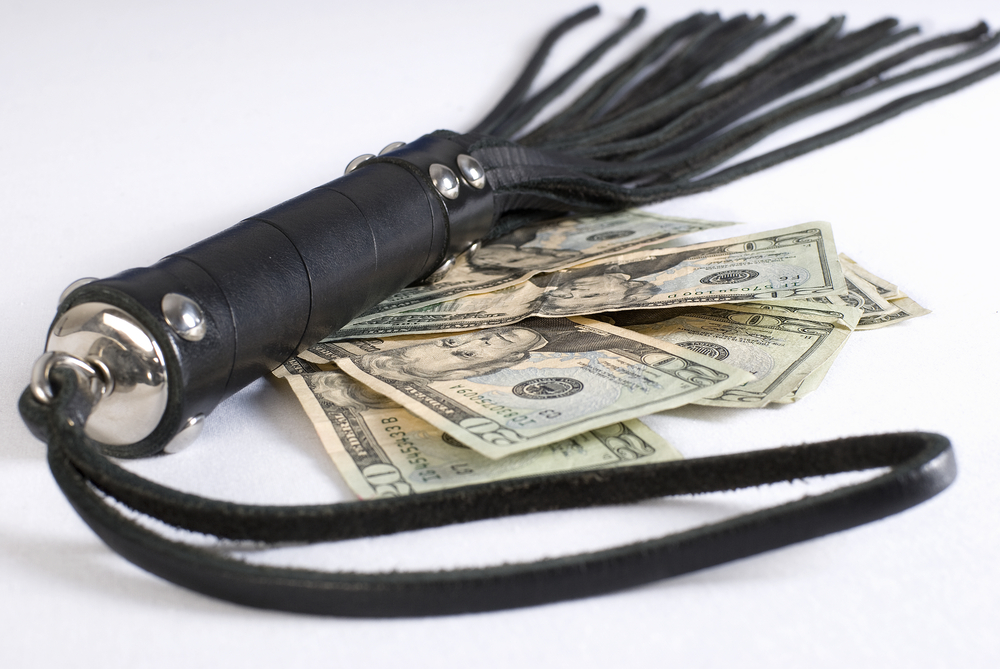
Intel will go from being Microsoft’s bitch to being Apple’s?
Just weeks after I wrote a column saying Apple will dump Intel and make Macintosh computers with its own ARM-based processors, along comes a Wall Street analyst saying no, Intel will take over from Samsung making the Apple-designed iPhone and iPod chips and Apple will even switch to x86 silicon for future iPads. Well, who is correct?
Maybe both, maybe neither, but here’s what I think is happening.
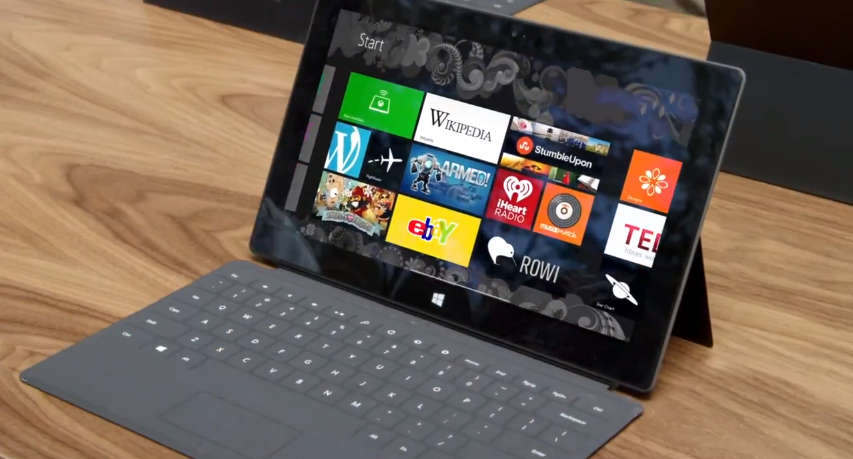
Microsoft pushes Surface RT to more retailers
The first tablet produced by Microsoft, Surface RT, has the public's attention for a number of reasons. While some customers have found it to be a winner, there has been quite a debate over actual sales figures. Much of that controversy has swirled around the company's decision to limit availability to Microsoft’s Web store and the few Microsoft brick and mortar stores across the U.S.
But Microsoft is no longer going to have limited availability as an excuse for limited sales. In an announcement earlier today, the company said it plans to open the flood gates to get its product into the market, selling it in more than just its own retail stores.

Samsung teases us with 'something new' coming next month
The South Korean tech giant has released a short YouTube teaser promising a new product which will be revealed on January 8-11 2013, presumably at the International CES in Las Vegas.
"The world awaits" the video says at the beginning before quickly flashing up words like "Innovation", "Ideas", "Design", "Technology", "Dreams", "Wonder", and "Future". It's obviously just an attempt to drum up interest in the forthcoming product and get the Samsung faithful speculating, as there are no other clues as to what the product might be. There are already plenty of guesses in the comments under the video, of course.
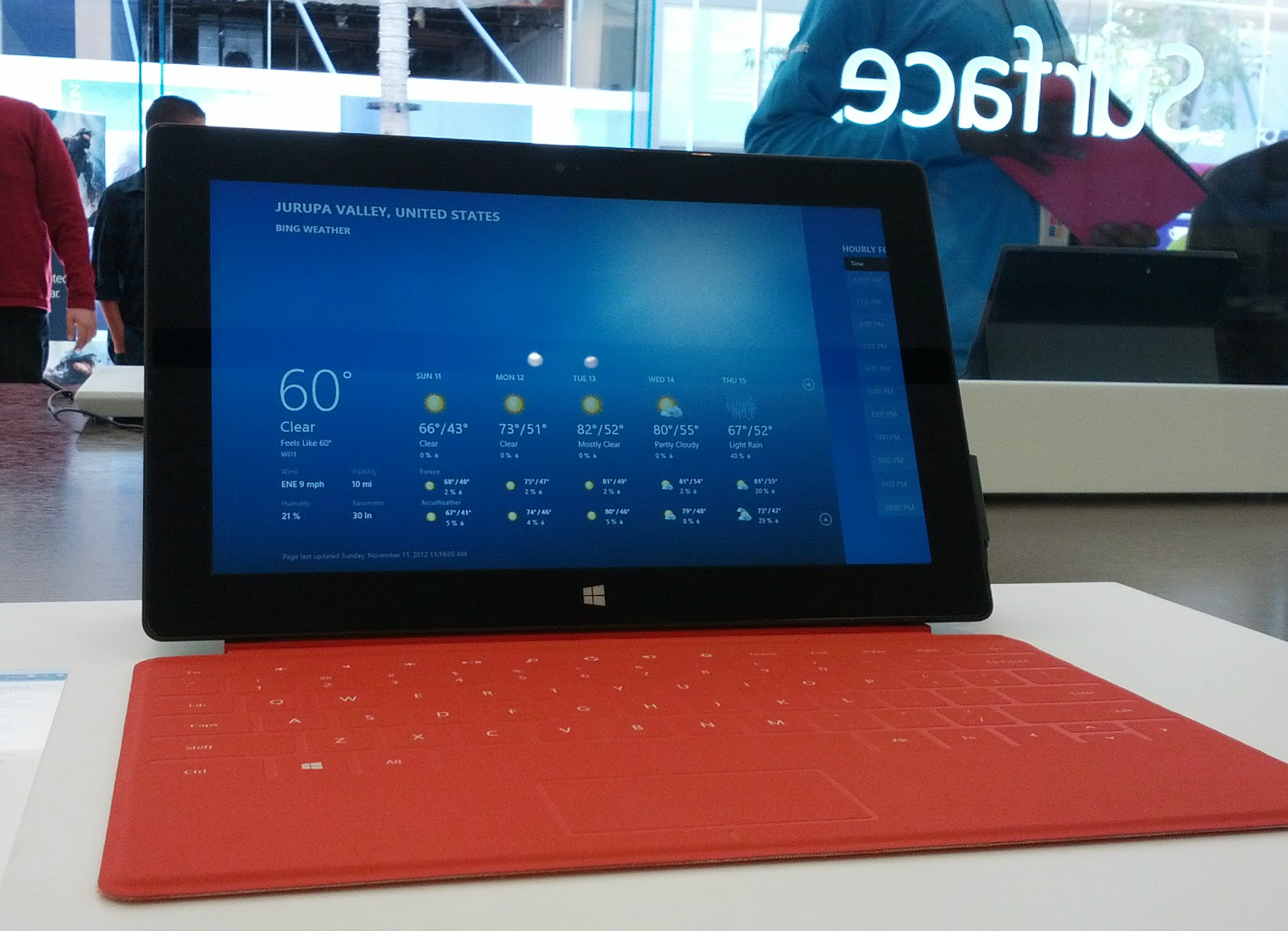
Surface RT sales are probably quite good, you just don't know it
The "Microsoft tablet is a failure meme" was old from the start. Every day there's some new blog based on rumor or innuendo assuring everyone who pays attention that Surface is doomed and sales are this side of worse than terrible. There is so much nonsense punditry, I don't know where to start. DigiTimes has unnamed channel sources saying Microsoft cut orders for the tablet by half. The report got widespread attention, despite the publication's record for getting this kind of story wrong. Along come the analysts. DFG slashed shipment estimates to between 500,000 and 600,000 from between 1 million to 2 million. Number was way too high to start. Now Tim Worstall, a Fellow at Adam Smith Institute, whines that Surface RT is way overpriced. It's not.
If Microsoft's tablet has a sales problem -- and let's strut that I-F again -- distribution is the reason. The product isn't overpriced or flawed. Microsoft only sells Surface through the company store; that's online and (by my count) 66 retail shops. Sixty stores are in the continental United States, five in Canada and another in Puerto Rico. There are only a limited number of places anyone can buy the tablet, which limits how many the company can sell. What matters more is how many Microsoft sells per store. Pundits crying "fail" are nincompoops of the nth degree. If any of them bothered to look at Apple Store, they would understand.
You can't trust IDC's 2016 tablet forecast, or any other
On the heals of yesterday's smartphone forecast, the soothsayers at IDC are back with another bold, brash, and probably foolhardy prediction -- this time for tablets. Once again, Microsoft plays third fiddle to Apple and Google. In a market so fast changing, no one should take any 2016 forecast seriously. But, hey, clients don't pay IDC for doing nothing. Is there a refund policy, because few analysts (okay, none really) get the numbers right. IDC has revised its forecast at least three times this year. Now what does that tell you?
Let's start with the newest revision and then look back at how IDC got the numbers wrong and why those four years hence are probably worthless, too. For this year, the firm predicts 122.3 million tablets shipped, up from 117.1 million forecast in September. Yeah, three months ago. That number revised 107.4 million made in June. You can see where this is headed, right? No surprise, 2013 is higher, too: 172.4 million, up from 165.9 million in September and 142.8 million in June. For 2016, new forecast is 282.7 million, up from 261.4 million in September and 221.1 million in June.
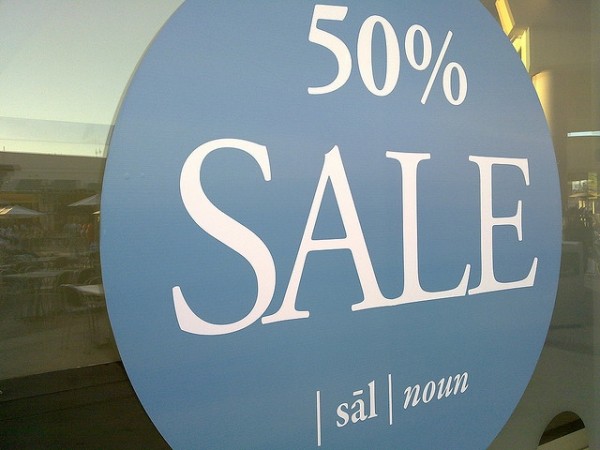
Americans shift shopping to smartphones and tablets
US consumers love to use cloud-connected mobile devices to enhance their shopping experience -- surely something more than a few of you do now that holidays are here. Perhaps least surprising is the number of Americans using smartphones to find local stores -- 78 percent, says Nielsen. That's good news for Google Now, standard browser search services or even Apple's Siri. Sixty-three percent of shoppers check prices in the store. Hey, I do that all the time. Place orders, too. Can you say Amazon?
More Americans use tablets to research items than smartphones (68 percent to 61 percent) or to read reviews of recent or future purchases (53 percent to 45 percent). Forty-eight percent of tablet owners purchase digital items and 43 percent physical goods from their devices. Mea culpa, I do both.

Holiday Android tablet sales surge as selling prices plummet
Analysts continue to crunch Black Friday numbers, and NPD has fresh data out today on several consumer electronics categories, including Android tablets. The good news: sales at US retail are up 177 percent from the same period last year. Revenue: 91 percent. However, average selling prices are way down -- to $151 from $219 a year ago.
The sales figures do not include Kindle Fire, which likely would lift ASPs, as the lowest-priced model sells for $159, which is higher, and new models range from $199 to $499. However, a $129-promotional price days later likely drove down overall selling prices. Right now, that data isn't available.
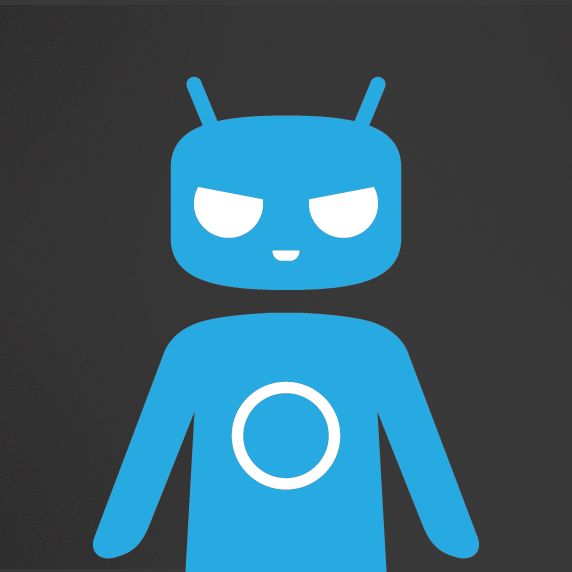
CyanogenMod 10.1 nightly builds available for Google Nexus 10, soon for US Samsung Galaxy S IIIs
Almost a week ago the team behind the popular custom Android distribution CyanogenMod announced that Android 4.2-based nightly builds for the Google Nexus 10 were on the way. The developers kept their word and have now delivered the first official CyanogenMod 10.1 release for the 10-inch tablet.
The CM10.1 builds for the Nexus 10 (codename "Manta") are available with December 3 and December 4 time-stamps. Users should expect a number of features to be missing due to the early nature of the development and on-going feature porting process. However, Quiet Hours, the battery percentage indicator, and Trebuchet launcher are all included. Steve Kondik, the project's founder, has further good news for CyanogenMod fans.
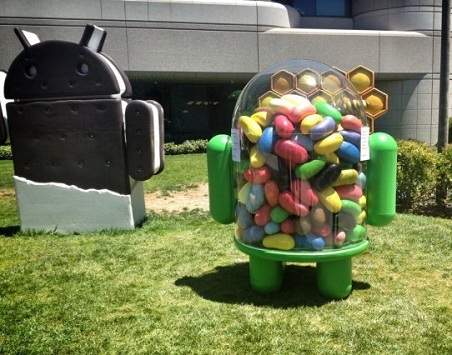
A third of Android devices now run Ice Cream Sandwich and Jelly Bean
Jelly Bean may be the youngest member of the Android family, but it’s also enjoying some amazing month-on-month growth, based on the number of devices accessing Google Play during the 14 days ending December 3. It still has some way to go to match Gingerbread though, which is yet again the green droid ruler.
On November 13, the search giant introduced its latest sugary treat, Android 4.2. Three weeks later, the new version of Jelly Bean had claimed a distribution level of 0.8 percent, a number aided by Nexus 4 and Nexus 10 sales, and Galaxy Nexus and Nexus 7 upgrades. That growth however, pales in comparison to 4.1 Jelly Bean which is now found on 5.9 percent of green droid devices, an increase of 118 percent when compared to the previous figures released in early November.

The Daily is Dead -- thank you, Rupert Murdoch
The iPad's flagship newspaper is finished. Today News Corp. promised what some of us in the media long hoped for. Big boss Rupert Murdoch will take The Daily out back of the barn and shoot it in the head on December 15, putting the godawful digital rag, its editors and the few readers out of their misery. Thus ends the iPad's big, publishing experiment. In ruins.
What a mess it is, too. News Corp. spent $30 million just to launch The Daily, which debuted in February 2011 on iPad. Apple joined the revelry that made the then less-than-year-old device seemingly legitimate -- a truly compelling platform for digital publishing. But News Corp's. digital newspaper stumbled right at the start. Early users complained about constant crashes and slow updates. The Daily promised ongoing content updates to the app, but they proved to be too much -- even after new versions released. Fundamentally, however, The Daily's failure is about editorial content.
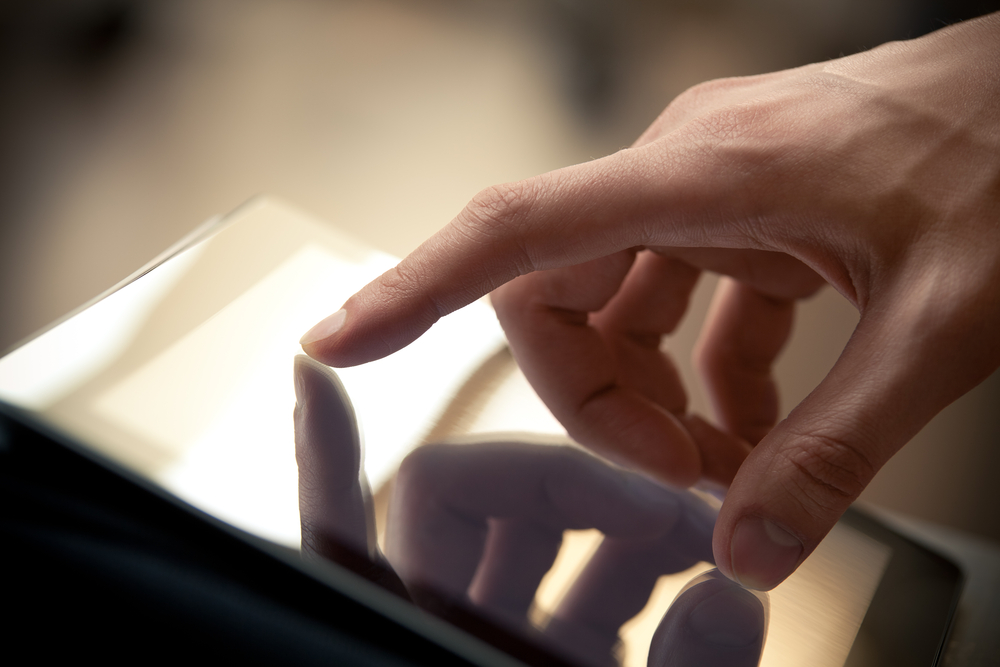
Touchscreens on laptops make complete sense
With the advent of advances in technology and the increasing power of process, we are witnessing a tremendous transition in the design of user experiences and interface design in software development. Of particular interest in this article is the culmination of natural user interface design as it relates to the current crop of touchscreen laptops made possible by Windows 8.
One of the things I have noticed as more and more tech sites review touchscreen laptops is the increasing amount of comments such as, "I would never touch a screen on a laptop" or "why would anyone ever need to touch a screen on a laptop?" The problem with the comments, the thinking is limited by mouse and keyboard. Windows 8 is the first operating system to force us to move beyond this thinking when it comes to using traditional computing devices like desktops and laptops.
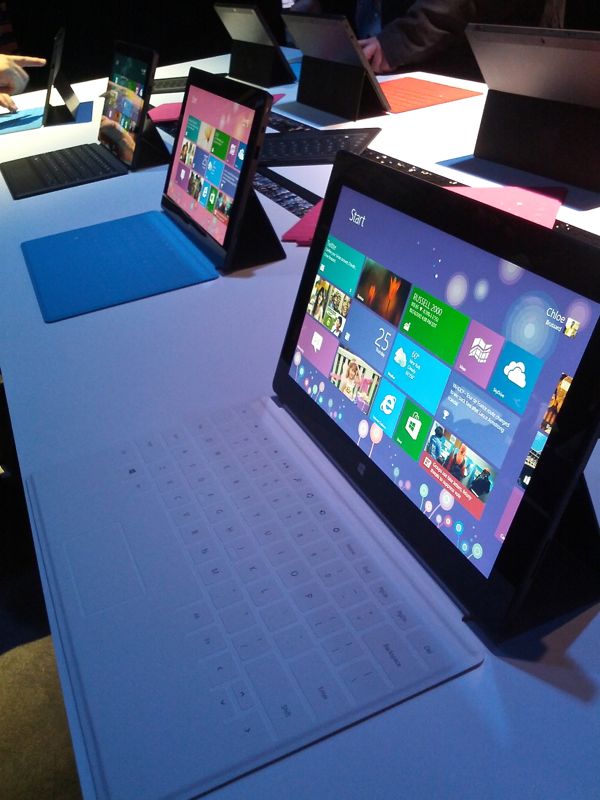
Will you buy Microsoft Surface Pro?
Last week, Microsoft released pricing on Surface tablets running Windows 8 Pro: $899 (64GB), $999 (128GB). Controversy followed, with the Apple Fan Club of analysts, bloggers, reporters and other writers fanning the flames of misinformation (as they so often do). These nitwits say Surface Pro is overpriced, because iPad costs so much less. But iPad is the wrong comparison to make. I say Microsoft prices Surface Pro against MacBook Air and ultrabooks, which makes loads of sense when looking at the chip architecture (x86, not ARM), configuration (similar to MBA for cost) and operating system (developed for desktop PCs not mobile devices).
I rebutted loony iPad comparisons with post "Microsoft Surface Pro is NOT overpriced". Compared to MacBook Air or ultrabooks, Surface is competitively priced, which was my point -- that and getting sensible analysis out there. But properly priced against competing devices isn't the same as being right for your budget or what you're willing to spend. Apple commands a premium brand, for which people pay more, happily. Then there is ultrabook, which didn't lift PC sales during second and third quarters as Intel and its OEM partners hoped. The costlier laptops simply aren't selling well. Ultrabooks' failure to wow foreshadows big, potential sales problems for Microsoft, which brand doesn't carry the same price premium as Apple's.
